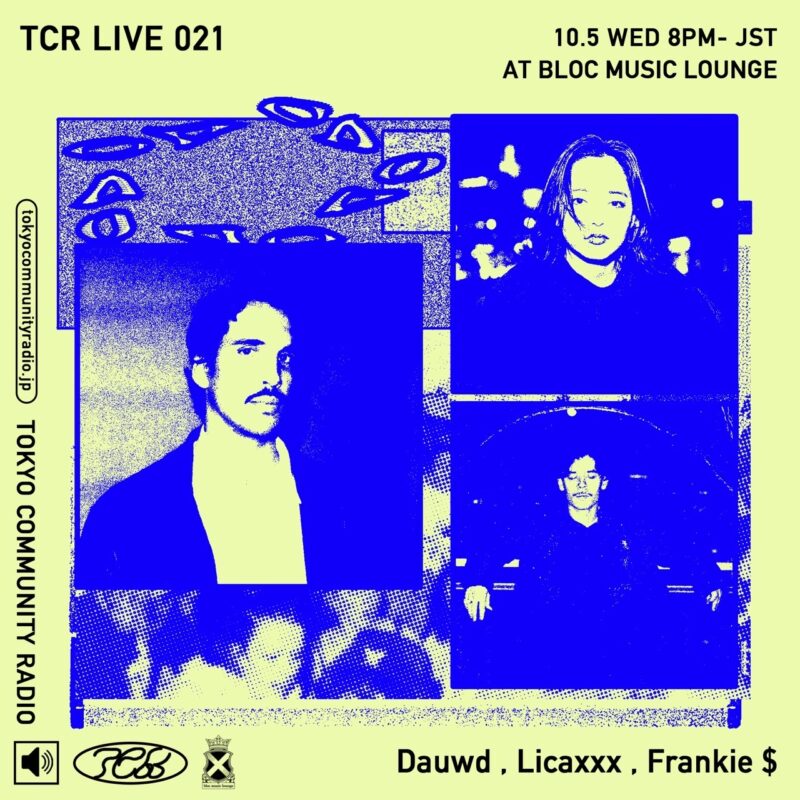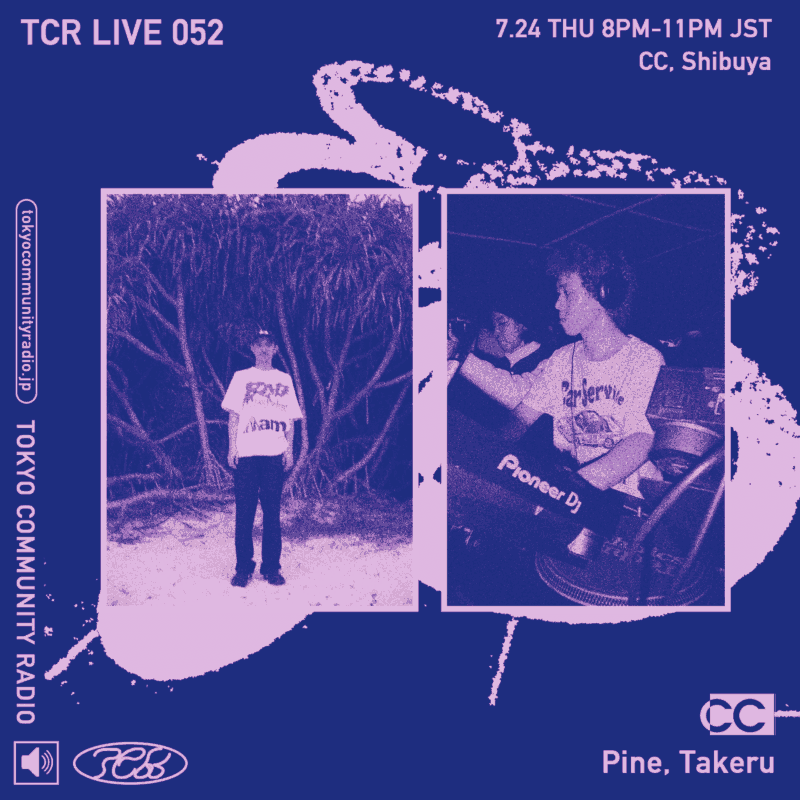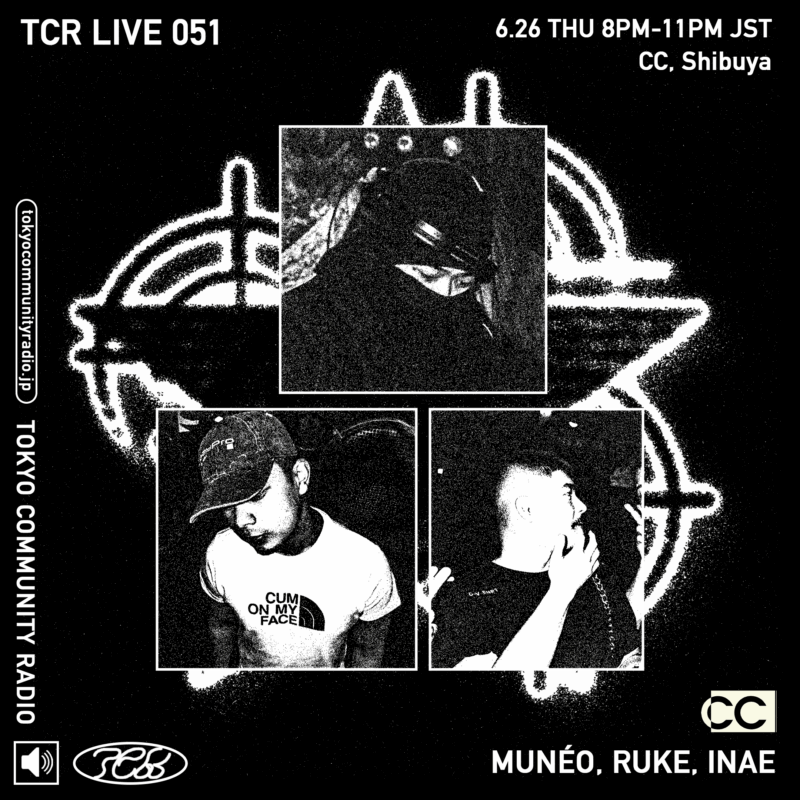
Dauwd
ポスト・ダブステップのシーンからさっそうと現れ、Ghostly International、KompaktそしてNinja Tuneと世界的な名門レーベルから引く手数多の才能、Dauwd。リリースを重ねるごとに新しい世界観を聴かせてくれるDauwdは、アメリカ出身でウェールズで育ち、いまではベルリンを拠点にしながらクラブイベントやラジオ、エキシビジョンの開催など幅広い分野を手掛けるアーティスト集団African Acid Is The Futureの一員としても活躍している。
エンジニアとしての腕前も持つDauwdは、2011年にダブステップのレーベルPictures Musicより”What’s There”でデビュー。これはカルトヒットとなり、再発されるまで中古盤が1万円を超えるプレ値で取引されるという異常事態に。その後は、チルハウス、ダウンテンポ、テックハウスといった作品にも果敢にチャレンジし、Ghostly International、Kompaktなどの名門レーベルからのリリースを経て、2017年にはNinja TuneのサブレーベルTechnicolourよりファースト・アルバム”Theory Of Colours”をリリース。デトロイト・ハウスとクラウトロックからの影響を受けた作品は大きな話題となり引き続きコンスタントに素晴らしい作品をリリースし続けている。
These days, to leave even the briefest of imprints on the ever-increasingly saturated orbit of dance music can be considered a feat in itself. To make a lasting mark, however, one that manages to cut through the onslaught of new music and artist profiles on spotlight each day, is another accomplishment entirely. Cue Dauwd, the US-born, Wales-raised artist who’s been releasing music for nearly 6 years on such noted labels as Ghostly International and Kompakt, and whose debut album Theory of Colours is released via Ninja Tune imprint Technicolour Records.
An integral member of the Berlin night and radio show African Acid Is The Future, Dauwd Al Hilali’s releases have been met with as much expectation as they have intrigue. Spending the last few years out of the limelight and in his Berlin studio, Dauwd’s music has continued to ripple through clubs as his singular, sometimes thrillingly uncertain process of experimentation has continued. Pulling inspiration from electronic music legends like Terry Riley, Raymond Scott, and the seminal Radiophonic Workshop period in the late 50’s and 60’s, Dauwd’s 2017 LP draws a unique line between influences as disparate as hazy Detroit house and early German Krautrock.
A skilled musical engineer, Dauwd’s ability to balance between such sprawling genres is, paradoxically, an exercise in restriction, finding creative freedom in limiting his own gear. It’s clear he’s no stranger to focus; sonically, Theory of Colours runs tightly wound, its loops intentional and layers meticulously built. Spanning a succinct forty minutes across seven tracks, Dauwd’s fondness for delays and love for vintage synthesizers characterize much of the album, which was recorded over the course of a year primarily in the Utrecht based Sonar Traffic studio that houses one of the largest collections of vintage synths and other modular equipment in all of Europe. The result is an intricate, scintillating journey that hovers between familiar and strange. For many artists, that enigmatic gap is one that’s anxiously avoided– the fear of misidentity as a musician more important than the music itself. Throughout Theory of Colours, it’s a space Dauwd comfortably renders as his own.



![TCR Podcast 032 : Stones Taro, Guchon [Pt.2] TCR Podcast 032 : Stones Taro, Guchon [Pt.2]](http://tokyocommunityradio.jp/cms/wp-content/uploads/2025/06/Podcast_TCR_032-800x800.png)
